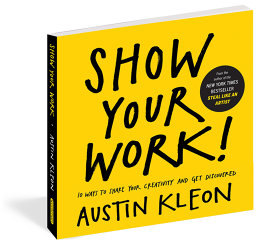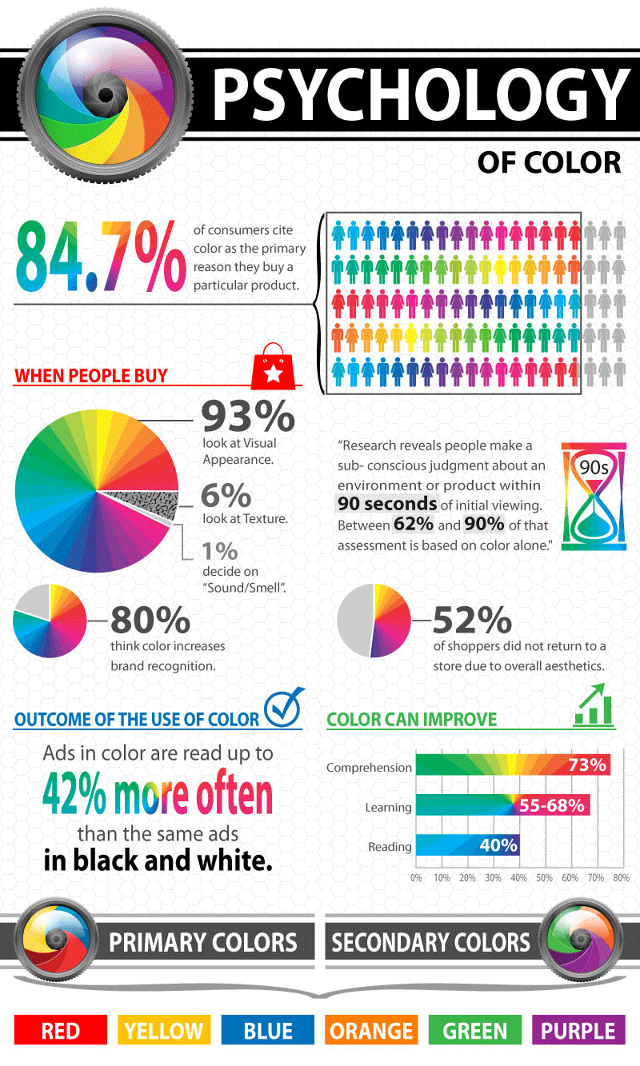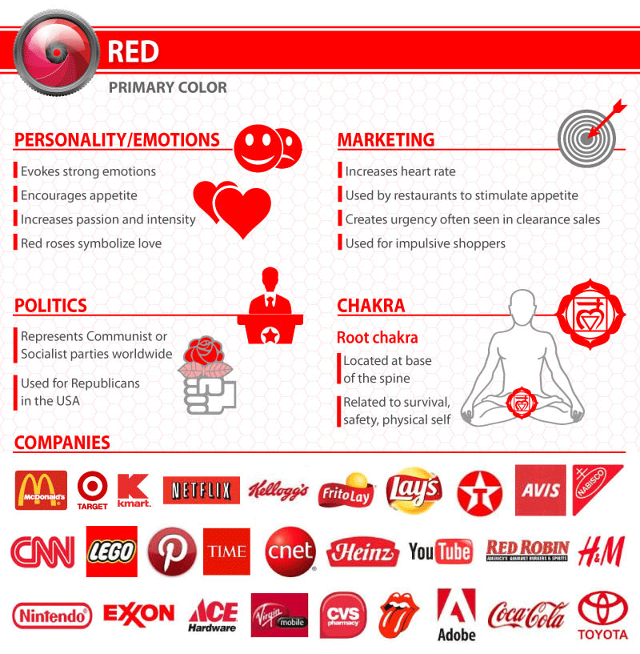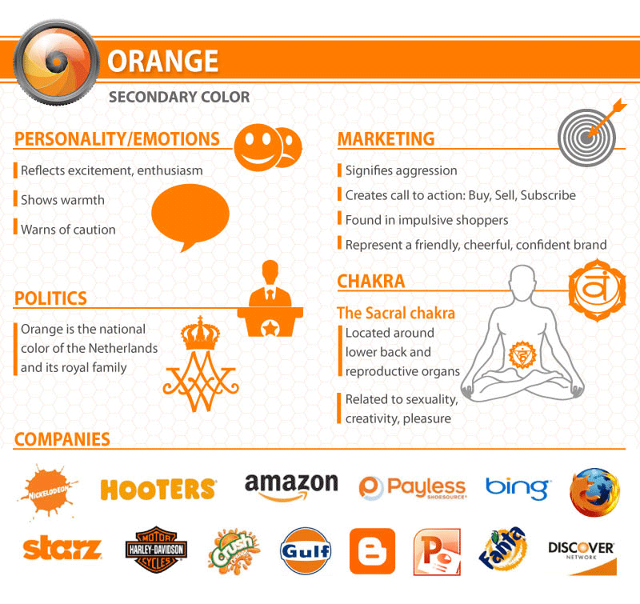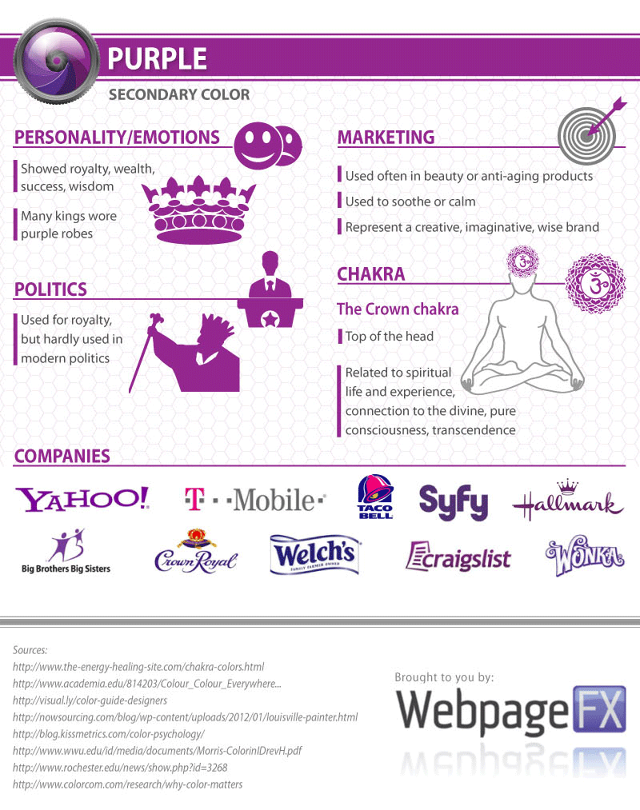10 Reasons Marketers And The C-Suite Must Become 'Habit Experts'
This article is by Marsha Lindsay, CEO of Lindsay, Stone & Briggs, a Madison, Wisc.-based brand marketing firm that in May hosts an annual event called Brandworks University. The focus this year is “habit.”
Society’s interest in habit is at an all-time high. It’s not just that so many have now read best-sellers on the subject, it’s also that individuals are fascinated by data they’re now seeing on their own habits: It’s coming from wearable devices like Fitbits, analyzing one’s Google GOOG -0.25% search history, the “annual spending by category” report American Express AXP -0.07% issues its cardholders. It’s revealed to the many now tracking what they eat and when.
Creating good habits and breaking bad ones is an incredibly trendy topic today. However, psychologists, ethnographers and data analysts have long studied habit. And our recent meta-analysis of both the scientific and popular literature, as well as category specific research, make several things very clear. Among them: It’s innate in humans to actually want the simplified decision making that habituated behaviors provide. This is especially true for offerings in several categories such as food, pharma, health and beauty aids, cleaning products, insurance and charitable donations.
But our study’s strongest conclusion is the degree to which marketers and the C-suite must know how to break, create and leverage habit. Anything less than deep expertise in this will put them at a real professional disadvantage. Here are 10 reasons why:One finding that surprises many is the degree to which human behaviors and purchasing decisions may be habituated. Some experts argue it’s as high as 95 percent.
1. Many marketing plans unknowingly focus on affecting the 5 percent of behavior that is not habituated. This gives marketers little to work with, and almost immediately decreases the odds of success – especially when so many other marketers are targeting the same 5 percent.
2. The most successful marketing campaigns and new offerings are those concepted to actually play to people’s existing habits. Procter & Gamble famously did this with Febreze. They studied how people cleaned. Then invented a product that could insinuate itself into existing habits and in the campaign to sell it, they demonstrated the “how.” It’s become a brand with more than a billion dollars in annual sales.
Newer offerings designed with habit in mind include Nest thermostats, which read behavior in the home and then automatically adjust temperatures accordingly. Pinterest is so addicting precisely because it plays to the habits of people’s armchair shopping and dreaming. And the millions whose habit is eating while driving have called KFC’s packaging of food that fits in a car’s cupholder “inspired.”
3. When you think about it, the very definition of a strong brand is that its use is habituated. No wonder habit experts advise marketers to train their targeted customer like they would their toddlers and pets. This means, use a carefully designed system of step-by-step training, knowing what will trigger the behavior you seek, and then use cues and rewards consistently to the point where behaviors become rote and performed without thinking. Some see inFacebook’s growth and success this very operant conditioning strategy. When launching new products that are complicated to use, Adobe has successfully used gamification to make the step-by-step learning fun and the rewards reinforcing to the point people easily and quickly become deft users. As a result, after trial many find it an easy decision to “buy” despite the product’s complexity.
4. Promotions from marketers ignorant about operant conditioning inadvertently work against the ideal of getting customers so habituated to a brand they buy and use it on autopilot: Some marketers punish loyal users by offering better pricing to new customers they’d like to attract. When those buying the brand on autopilot notice this, it causes them to pause and reconsider alternative brands where they too could get rewarded with a better deal. Mobile phone service providers famously make “minutes used” top of mind by structuring contracts to charge more if one exceeds a certain limit. This not only keeps customers from using the service on autopilot, it makes no business sense: Why would you penalize people for using more of your service?
5. Ignorance on habit as a driver of pre-purchase, purchase and post-purchase behavior is now understood as a big reason so many marketing campaigns underperform and one reason for the huge failure rate of new product launches. No wonder companies like P&G have psychologists on staff and spend hundreds of millions annually studying habits, rituals and routines. No wonder Target TGT +0.83% mines the shopping behavior of its customers to develop predictive models on what products people will need before they themselves realize they have the potential to be habitual buyers of them. (It turns out that if one is trying to get pregnant or has just conceived, you start to buy different kinds of vitamins and supplements. And Target rightfully predicts you’ll soon be a habitual buyer of diapers.) Any company that doesn’t have the resources to invest in extensive research or data mining will be all the more dependent on other staff for habit expertise.
6. A big part of any company’s growth involves calculations meant to get people to try its brands or new products for the first time. This requires switching strategies which are, in essence, efforts to change people’s existing shopping habits. All the rational reasons to switch to something new (lower price, two for one, new and improved performance) will be ineffective if they’re not sensitive to the ingrained habits of the target they have to overcome. Or if they don’t pay homage to the subconscious drivers of habit which can range from positioning to social pressure to package design. Sure, a campaign to steal share may get someone to try a product once. But it is only when those who try a product come to buy it on autopilot that you know you’ve been successful.
7. Another reason a lack of expertise on habits puts a marketer at severe disadvantage: Consumer media and shopping habits are in such a state of dramatic change many professionals will find their long-standing rules of thumb on people’s path to a transaction out of date. It is essential that all marketers seriously question assumptions about their targeted user if only because of the all-too common bad habit of confirmation bias ¾ seeing in the data what one wants to see even if it is not really there.

Starbucks (Photo credit: woofiegrrl)
8. Marketers must also study habit in order to be successful in content marketing. There’s already more content relevant to people’s interests on most any subject than anyone can possibly engage in given the mere minutes a day they’re not already habituated to other things. So content marketing will fail at the same high rate as the launch of other new offerings unless it is designed with habituated use as its driving strategy. This will require ethnographies as well as analytics rich with insights on what it will take to break people’s existing content habits to make time for replacement or additional content in their day.
9. Of course, it’s not just people’s search and use of content that is habituated. Not just their path to purchase or their shopping or sourcing behaviors that are driven by habit. How executives lead and how they and team members operate are all dominated by habit as well.
This means no one can truly maximize their own job performance or leadership prowess unless they proactively study habit to the degree they’ve studied other know-how required for their professional success. No wonder Mondelez has been studying the behaviors of their teams and ad agencies producing the most effective work. Those correlated to ROI are the ones they want to institutionalize ¾ aka habituate.
10. As marketers, team members, and leaders we are just as much creatures of habit as consumers. And who we are to others is really the sum of our habits. It is the same for businesses. Starbucks is a success not just because of the habituated behaviors of its customers. It’s a success because of the habituated behaviors and values of employees. This is the definition “culture.” And the culture Starbucks is famous for did not happen by accident. It was codified and championed from the top down.
For an overwhelming number of reasons, it’s essential the C-suite and marketers be as expert on habit as they are in knowing how to read a financial statement. But curiously, few have yet to master the know-how. Perhaps it’s because it is yet to be taught in universities, corporate development programs, or conferences devoted to business.
But there is no denying it is time that habit expertise becomes a core skill set. And any marketer or member of the C-suite determined to optimize their performance will find a way to acquire the skill. For those who do, it’s certain to give them competitive advantage in employment as well as tools for a happier healthy personal life as well.
If you agree, what single thing will you do this week to start to transform yourself into a habit expert? Changing a bad habit of never quite getting around to learning much about habit starts with a baby step. What will yours be? Or will you let your procrastination habit get the better of you, again?




